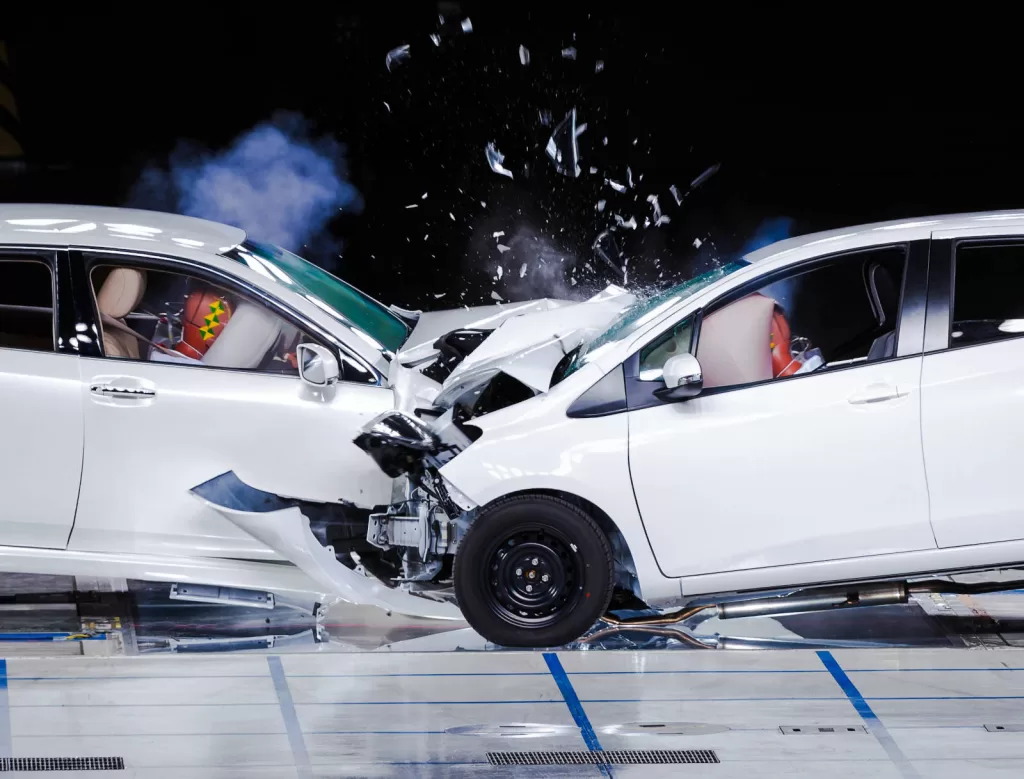Gamification is a powerful tool, giving your marketing or comms strategy an engaging and effective way to attract, educate and entertain an audience.
Games have long been a crucial part of entertainment and education throughout history – from sports for physical conditioning to board games like chess for military strategy and even discovery games for early childhood learning.
The one thing that all games have in common is a points, reward or ranking system. These are the incentives that encourage players to participate or even compete against each other.
In the marketing and advertising world, gamification takes these elements and applies them to areas and activities not usually associated with gaming. As a result, the use of gamification has become an engaging and effective way for brands to educate customers and garner brand loyalty.
But what does that mean in practice?
What is gamification?
Gamification takes the fundamental elements of a game (points, badges, and leaderboards) and applies them to activities that are not generally considered games. One of the best examples of this is the scouts, which incentivises boys and girls to hone their life skills and broaden their understanding of the world by completing tasks to earn badges.
When video games became popular in the ‘70s and ‘80s, gamification inserted itself into the education system. Games like Where in the world is Carmen Sandiego encouraged children to follow clues and solve puzzles by exploring the virtual world – thereby developing their geography, cultural and critical thinking skills.
Gamification has come a long way since the days when playing Carmen Sandiego meant negotiating with the parents to access the family PC, or plugging a basic games console into the living room TV.
These days, mobile phones and tablets mean that just about everyone has the equivalent of a games console in their pocket, ready to be whipped out for a quick game of Candy Crush whenever we have a few idle minutes.
The benefits of gamification in business
No matter the industry or intended audience, brands have already embraced gamification in myriad ways. Some common uses have perhaps become so ubiquitous that you may not have noticed the links to game theory lying just below the surface.
Educating
Just as Carmen Sandiego educated a generation of kids, gamification is a great way to educate your clients and staff. A similar puzzle-based approach could mean your intended audience not only accesses information about your product, service or brand but also interacts with it – reinforcing retention and helping to bring some of the concepts to life in ways mere words might struggle with.
Through gameplay, players might learn about the process your business goes through to make a product. Or you might create a game to build greater awareness of a project that matters to your brand, such as sustainability or humanitarian causes.
At Pounce, we are huge fans of Kahoot, a free games-based platform that makes it easy for brands and educators to create quizzes and games that make learning exciting and engaging.
Engaging
For some businesses and organisations, audience engagement is a primary goal. Through in-game play and messaging, a brand can communicate directly to their audience, either through game mechanism itself or through messaging channels and advertisements within the realms of the game.
This can work especially well at events. For example, when Pounce sponsored the B2B Marketing Leader Forum in 2022, we developed a game for attendees to engage with while standing in the coffee queue. The game racked up over 100 plays in the first coffee break alone.
Incentivising
Marketers have long used promotions and other offers to not only encourage consumers to buy their product but also to create incentives to keep them coming back again and again. Plastic toys in cereal packets where your child wants to collect the set. Coupons and cashback offers on your next purchase. Competitions that require you to collect enough bottle tops or tokens before you can enter.
Promotions based around collecting already share some similarities with game theory – particularly the incentive to keep playing (or buying). However, McDonald’s gamified their promotion even further with a tie-in to the game Monopoly.
The first McDonald’s Monopoly promotion ran in the U.S. in 1987. The promotion has become an annual event, with versions running in multiple countries including Australia.
The promotion requires consumers to collect tokens or game pieces by purchasing certain menu items. Collect a colour-matched set of properties – just as you would in the board game – and win prizes. In recent years, the game has also incorporated an app for players to scan in their game tokens – turning the promotion into a multichannel experience with even more opportunities to engage with the brand.
Gamification in marketing and brand engagement
So, why consider gamification in your marketing and branding strategy?
As marketers, our mission objectives are simple – to engage and encourage action from our intended target audience. How we do that may be a little more difficult.
Gamification targets the audience’s need for fun, entertainment, competition and reward, whether it be in the format of a prize-based competition or an online game.
Whether you create a literal game or simply weave elements from games into other activities – like earning badges, climbing leaderboards or solving puzzles – gamification provides you with a number of ways with which you can incentivise your audience to take action and engage with your brand in interesting ways.
And by interacting with your content, instead of passively consuming it, your audience is more likely to retain the information – and remember your brand. Gamification therefore helps to create an engaged and loyal community, more likely to share their experiences with others, exposing your brand to a new and wider audience.
Game on!





